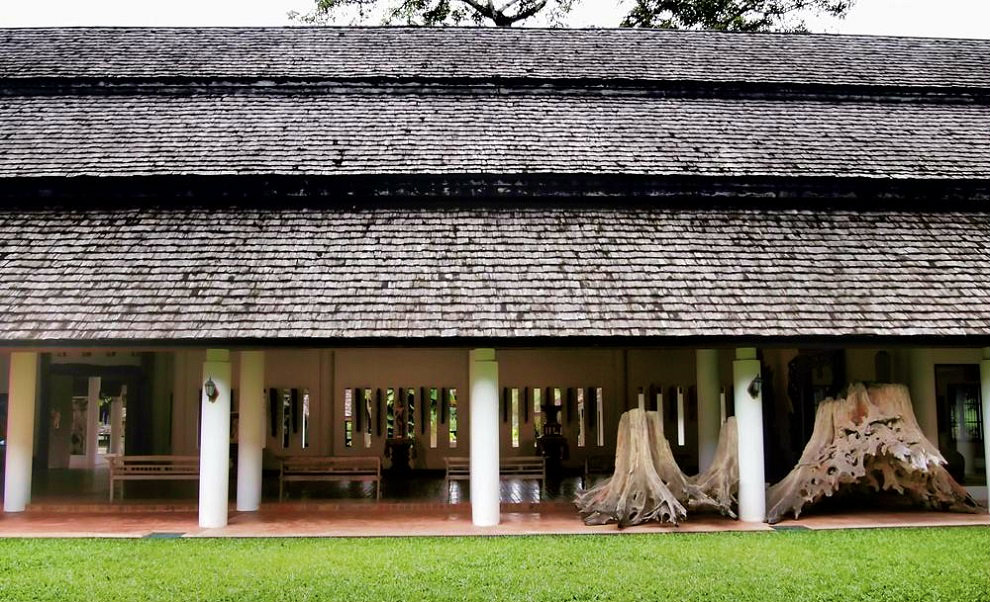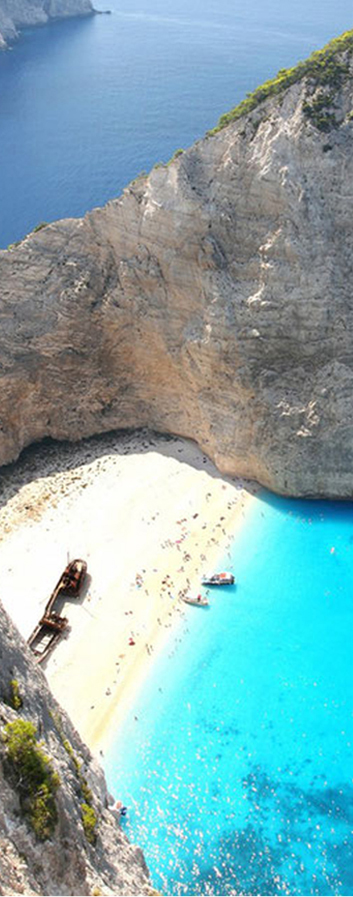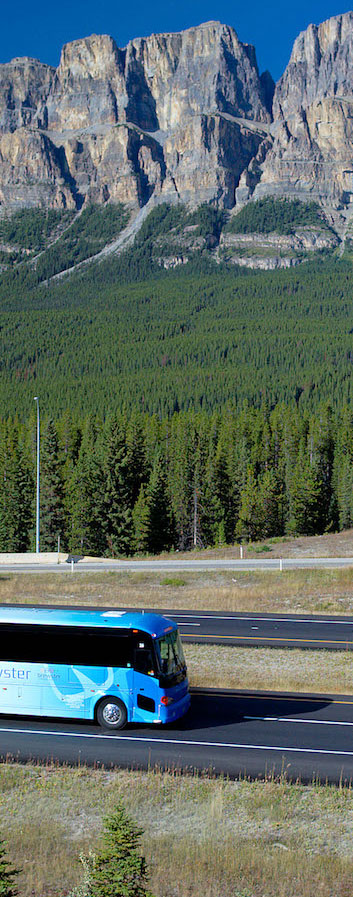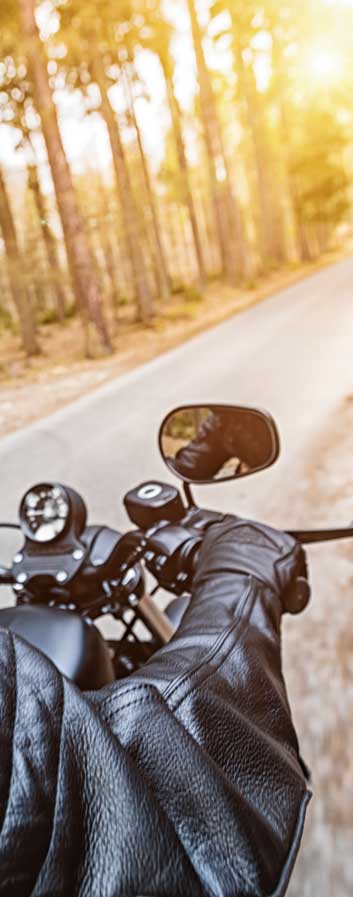Mae Fah Luang Art & Cultural Park
Situated on the west of Chiang Rai City, the Mae Fah Luang Art and Cultural Park was once a centre for education and development offering skills training to hill tribe youths from various villages in the northern region. Today it has become an art and cultural haven in verdant grounds and has become a sanctuary for those who seek the contemplative peace inspired by its subline natural surroundings and indigenous culture.
Originally known as the Rai Mae Fah Luang, the Mae Fah Luang Art and Cultural Park was part of the Youth Leadership Project initiated by the late princess Mother. It provided lodgings for the ethnic minority youths who came to attend schools and also learn about living in urban areas. Here, students learnt how to live as a community, developing their social skills, sharing responsibilities, working in shifts to clean their lodgings and tending vegetable plots. The goal was to help students grow into dedicated, hard-working, ethical leaders of their communities.
The project came to an end following the establishment of the Doi Tung Development Project, which helped ethnic minority youths to have access to schools located closer to their village homes. Today, the Mae Fah Luang Art and Cultural Park is the region's largest collection of art items from the Lanna culture or Tai culture (the ethinic minorities that live in northern Thailand, China's southwestern region, the Shan States in Myanmar, northwestern Vietnam and western Laos). Opened to tourists, the Park features not only antique artifacts but also beautiful Lanna architecture such as the "Haw Kham" (Golden pavillion), which was built by Chiang Rai people to celebrate the Princess Mother's 84th birthday. Other attractions include "Haw Kaew" where permanent exhibition on teakwood is featured alongside year-round revolving exhibitions and a botanical collection of indigenous plants from the northern region.
With and area of over 150 rai, the Mae Fah Luang Art and Cultural Park serves as a venue for art exhibitions and cultural performances.
Haw Khum was erected by the people of Chiang Rai to express their deep gratitude to the late Princess Mother on her eighty-fourth birthday celebrations in 1984. A showcase of traditional Lanna architecture, the construction was undertaken by local carpenters from Chiang Rai and Phrae provinces. The pavillion houses a vast collection of the finest religious and secular art objects such as Lanna and Burmese style Buddha images, exquisite carved wood candelabras, tung kradang or wooden standards and khan dok or containers for offerings of flowers, candles and incense-sticks. The Haw Khum's candle-lit interior invokes an atmosphere of sanctity and awe. Enshrined prominently is a wooden Buddha statue named Phra Pratoh. The statue was believed to be made in 1693, according to ancient inscriptions, by local villagers who had recently relocated to the area. As they were equipped only with rudimentary implements, the work lacks refinement but remains a solid testimony to faith and religious conviction.
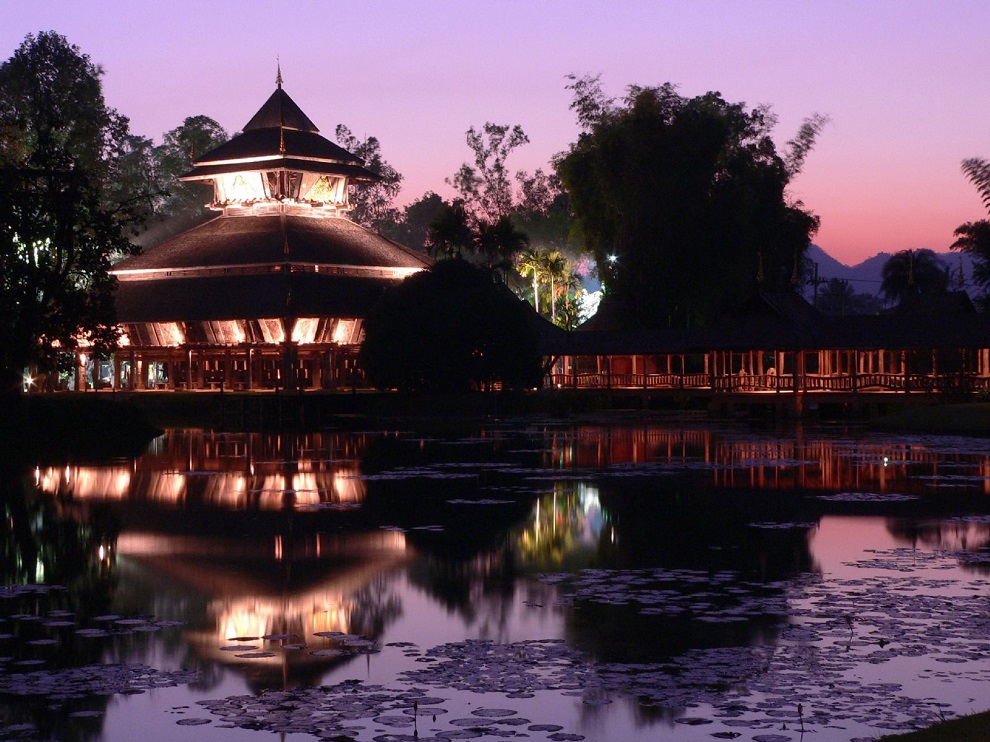
A stroll through this wonderful park with its forested areas is a relaxing experience. One of the highlights is a sculpture of the Princess Mother by the renowned artist Mysiem Yipinsoi. The pavillion known as the Haw Khum Noi is a laterite sanctuary with a tiled teak roof. On display here are the mural paintings in tempera on teak panels believed to have been created in the early part of the 19th century by Thai-Lue artists. The paintings depict scenes from the quaint way of life, attire, customs and culture of the Lanna folk of a bygone era.
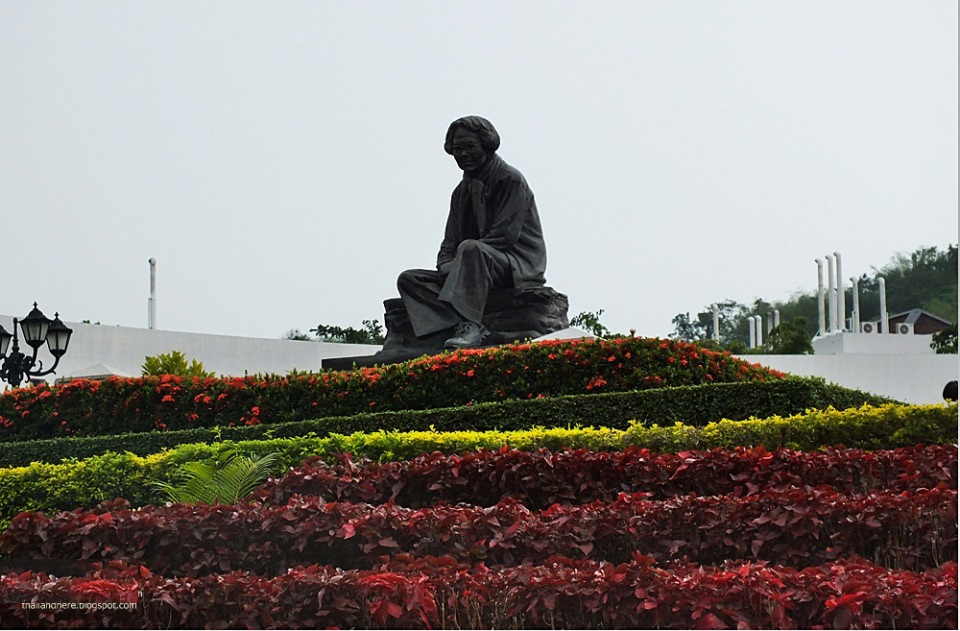
Haw Kaew is a large gallery divided into two sections. One portion serves as a venue for activities, meetings, seminars or receptions. The other portion is reserved for holding exhibitions of both travelling and permanent displays.
